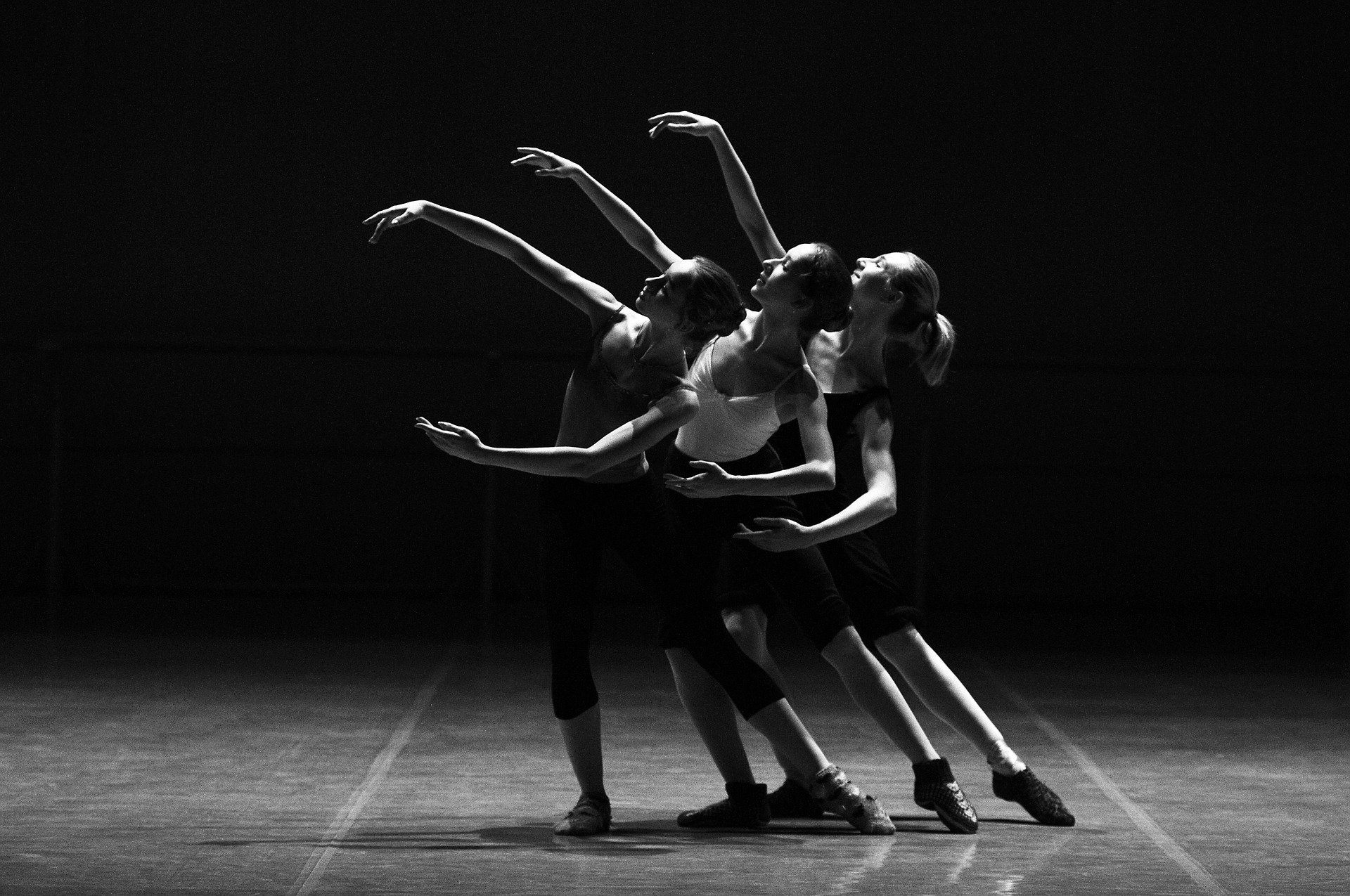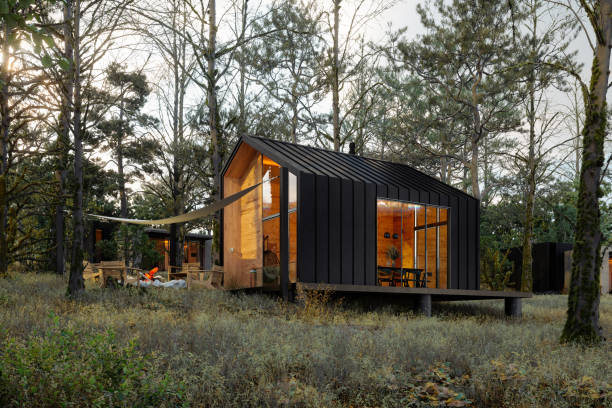Breaking New Ground: How Virtual Reality is Transforming the Performing Arts
Introduction: Virtual Reality (VR) is no longer just a buzzword in the tech industry, it's a game changer in the performing arts. This article delves into VR's evolution, its current influence, and the monumental impact it's projected to have on the future of the arts.
The Dawn of a New Era
Virtual Reality’s origins are often traced back to the 1960s, when Ivan Sutherland developed the first head-mounted display system. However, VR’s potential for the performing arts remained largely untapped until the 21st century. Today, with the advent of advanced VR technology, the performing arts are on the cusp of a transformation. From theater productions to ballet performances, VR is reshaping the way we experience art.
The Intersection of Technology and Art
The concept of VR in performing arts is more than just a technological advancement; it’s a revolution in artistic expression. By enabling viewers to immerse themselves in a different reality, VR allows artists to push boundaries and explore new dimensions of creativity. For example, the Royal Shakespeare Company’s 2016 production of “The Tempest” used VR technology to create a magical, immersive experience that would have been impossible with traditional stagecraft.
Current Tides in the VR Landscape
In recent years, several performing arts entities have embraced VR technology. The Royal Opera House in London, for instance, has offered VR experiences that allow viewers to step into the shoes of a ballet dancer or opera singer. Similarly, the New York City Ballet has collaborated with VR company Jaunt to create a 360-degree ballet film, providing an unprecedented perspective on the art of dance.
The Impact and Reception of VR in Performing Arts
The introduction of VR into the performing arts has been met with mixed reactions. While some hail it as a groundbreaking advancement, others worry about the loss of traditional performance elements. However, the potential benefits of VR—such as increased accessibility and the opportunity for more interactive, immersive experiences—cannot be ignored.
Looking Towards the Future
As VR technology continues to evolve, its impact on the performing arts is likely to deepen. Future possibilities include virtual reality theaters, where audiences can experience performances from around the world, and VR training programs for aspiring performers. The potential for VR to democratize access to the arts is immense, breaking down geographic and economic barriers.
In conclusion, the integration of Virtual Reality into the performing arts is a groundbreaking development. By offering new avenues for creativity and accessibility, VR is set to revolutionize the way we experience and appreciate the arts. As we navigate this new era, one thing is clear: the performing arts are entering an exciting, uncharted territory.





